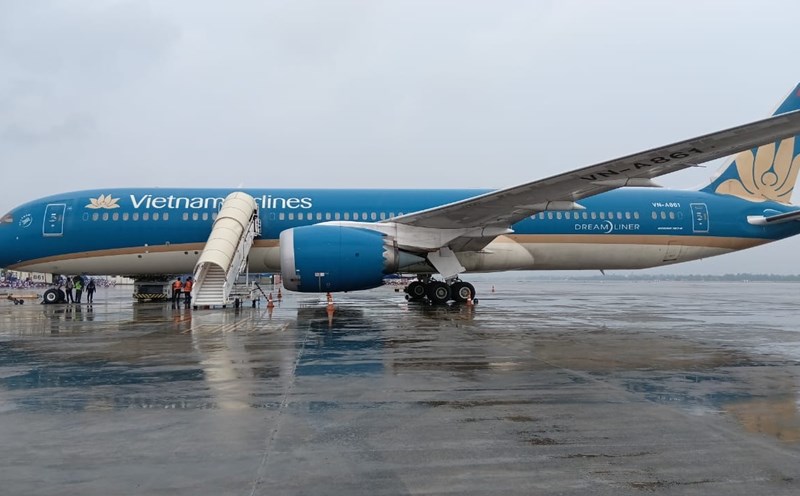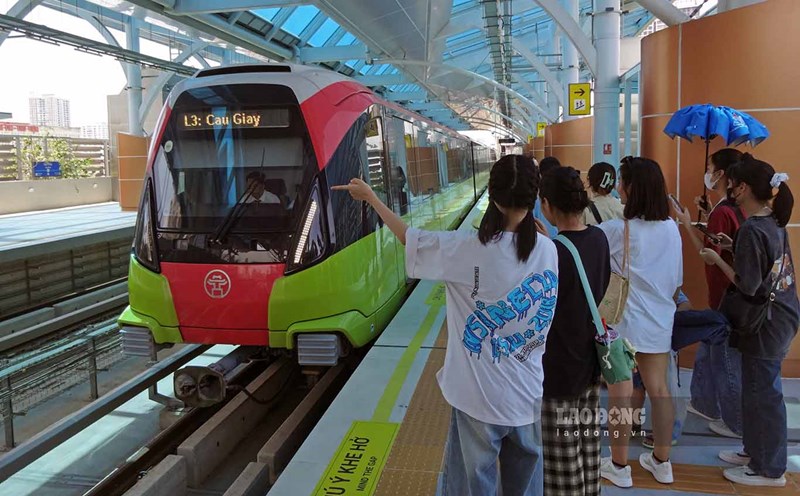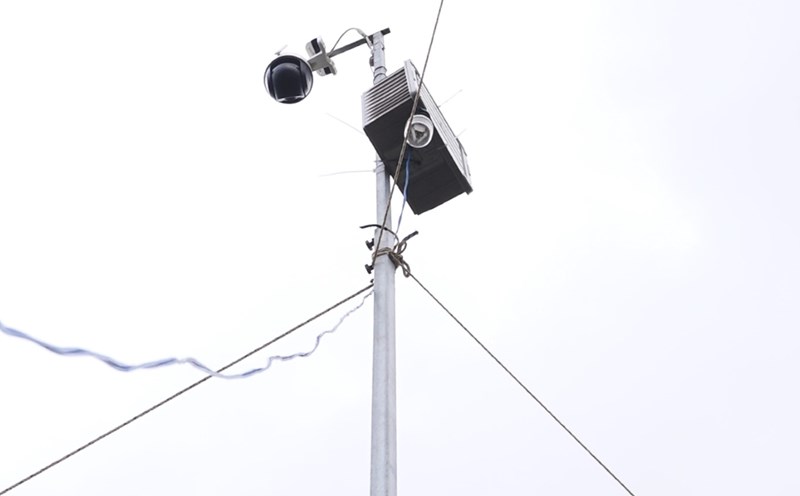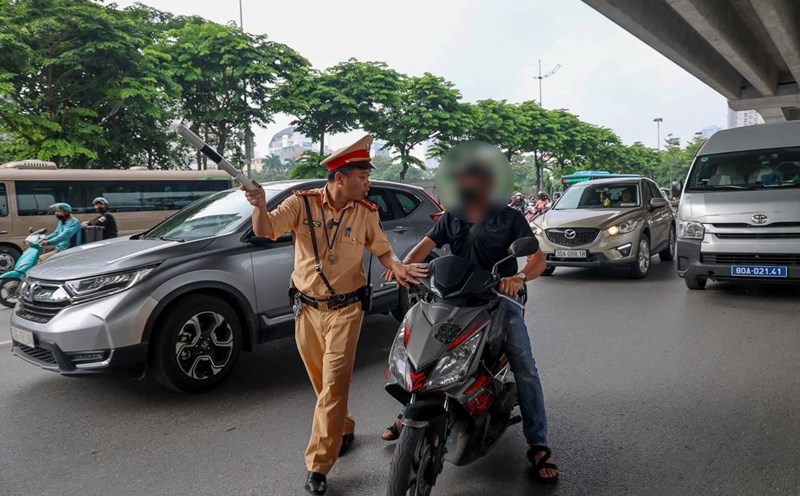The Department of Culture and Society (Hanoi People's Council) has just reported the results of monitoring the implementation of high-quality education models at educational institutions in Hanoi to the City People's Council and the Standing Committee of the City People's Council.
According to the Department of Culture - Society, the model of high-quality schools is stipulated in Article 12 of the Capital Law in 2012, after more than 10 years of implementation (from 2013 to present), the whole city of Hanoi has 22 kindergartens and general schools recognized as high quality, including 17 public schools.
Most high-quality schools have spacious facilities, ensuring comprehensive learning and development conditions for students; a team of staff and teachers with high professional qualifications; teaching methods are always innovated; high-quality schools always pay attention to building a team of managers with high qualifications, management capacity and prestige...
In addition to the outstanding results in building and developing a pioneering high-quality education model, the practice of building and developing high-quality schools also revealed some limitations and difficulties.
The Culture - Social Committee said that some high-quality public schools have not maintained their advantages and reduced attraction, especially 7/7 high-quality kindergartens have lower enrollment rates over the years than the set targets.
Some high-quality schools have students exceeding the prescribed quota.
Many schools have arranged the number of teachers to teach lower than the regulations in Circular 20/2023 of the Ministry of Education and Training (on the teacher/class quota), including: 7 high-quality public kindergartens; Nam Tu Liem Primary School (1.37 teachers/class); Secondary School: Nam Tu Liem, Thanh Xuan, Chu Van An - Viet Hung Ward 1.63-1.85 teachers/class); Le Loi High School - Ha Dong Ward (1.65 teachers/class).
This affects the ability to organize teaching as well as implement educational activities outside the official curriculum.
In addition, some high-quality kindergartens have not yet arranged specialized teachers (shaping, music, physical education) to ensure compliance with regulations.
Investment in and procurement of equipment and facilities for educational activities at high-quality schools are being constrained by a number of regulations commonly applied to public schools using the state budget.
Despite the specific nature of the advanced teaching program, high-quality schools still have to comply with spending norms and procurement processes like regular public units, leading to difficulties in meeting professional requirements.
According to Decision No. 20/2013/QD-UBND and Decision No. 21/2013/QD-UBND dated June 24, 2013 of the City People's Committee on the criteria for high-quality schools that are slow to be amended and supplemented, many criteria of the Decision are no longer suitable and synchronous with the 2019 Education Law and new Circulars of the Ministry of Education and Training, not meeting the requirements of innovating modern teaching programs and methods.
According to the Department of Culture and Society, this is one of the reasons why high-quality public schools are gradually losing their superior advantages and differences compared to mass educational institutions, especially in terms of facilities when the city has recently focused on investing in building synchronous and modern national standard schools.











